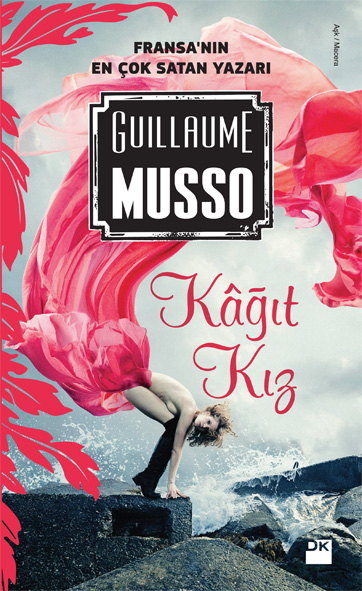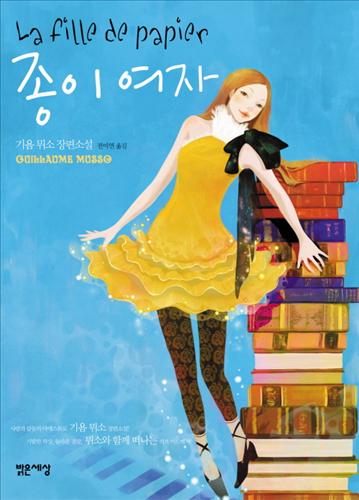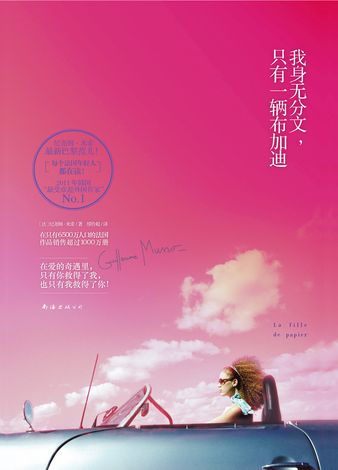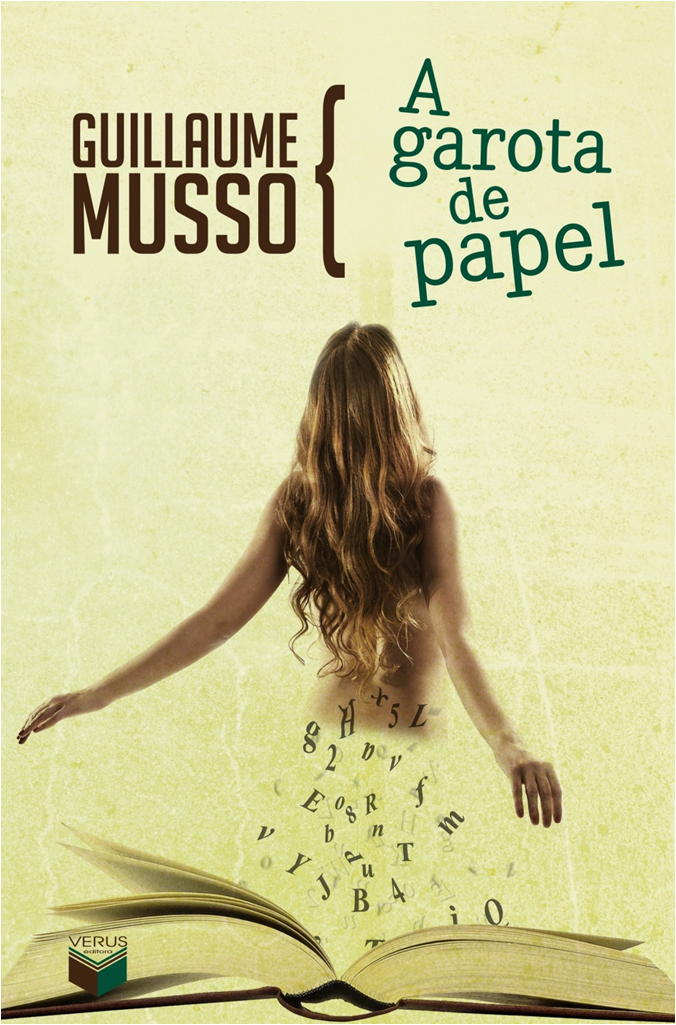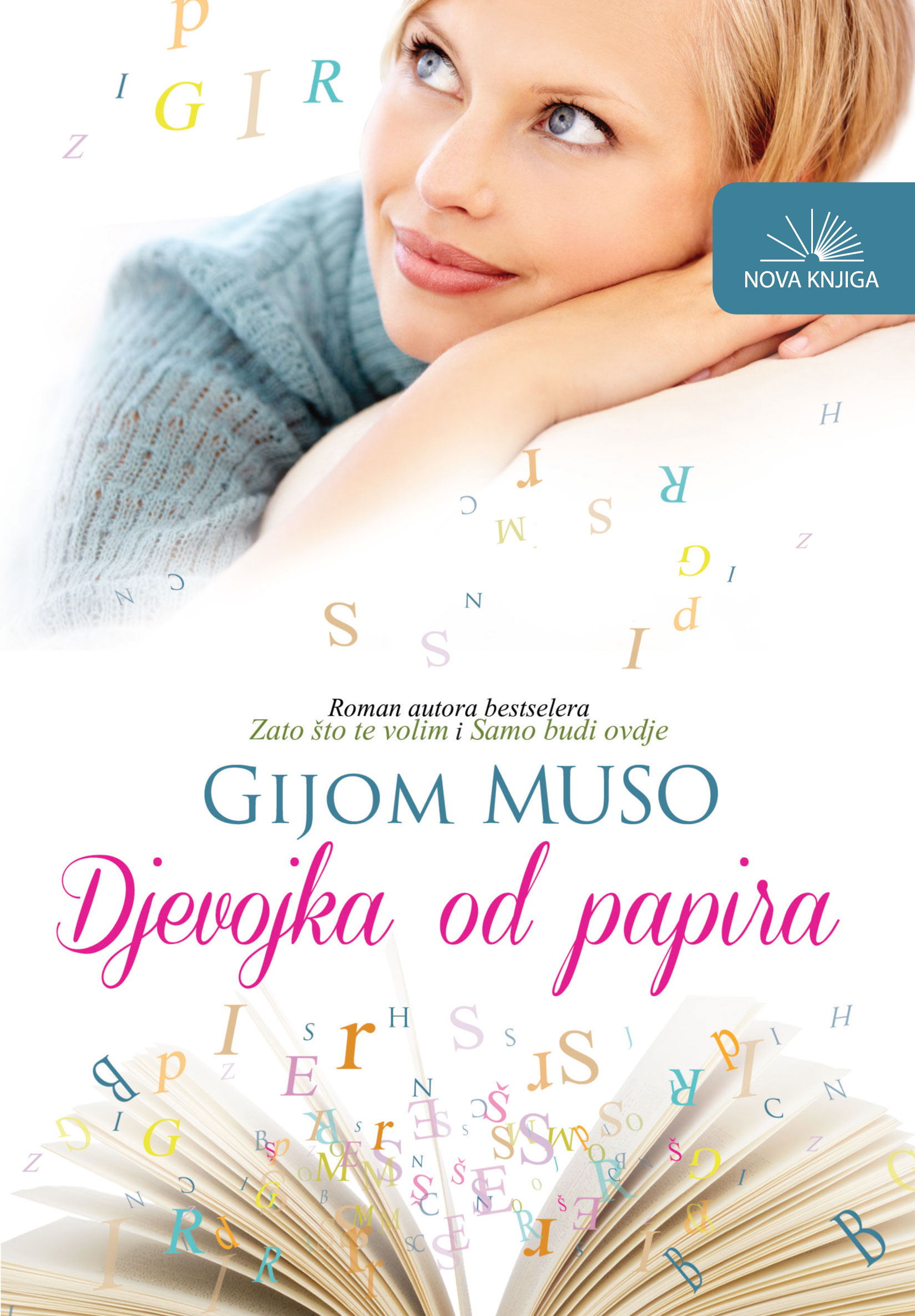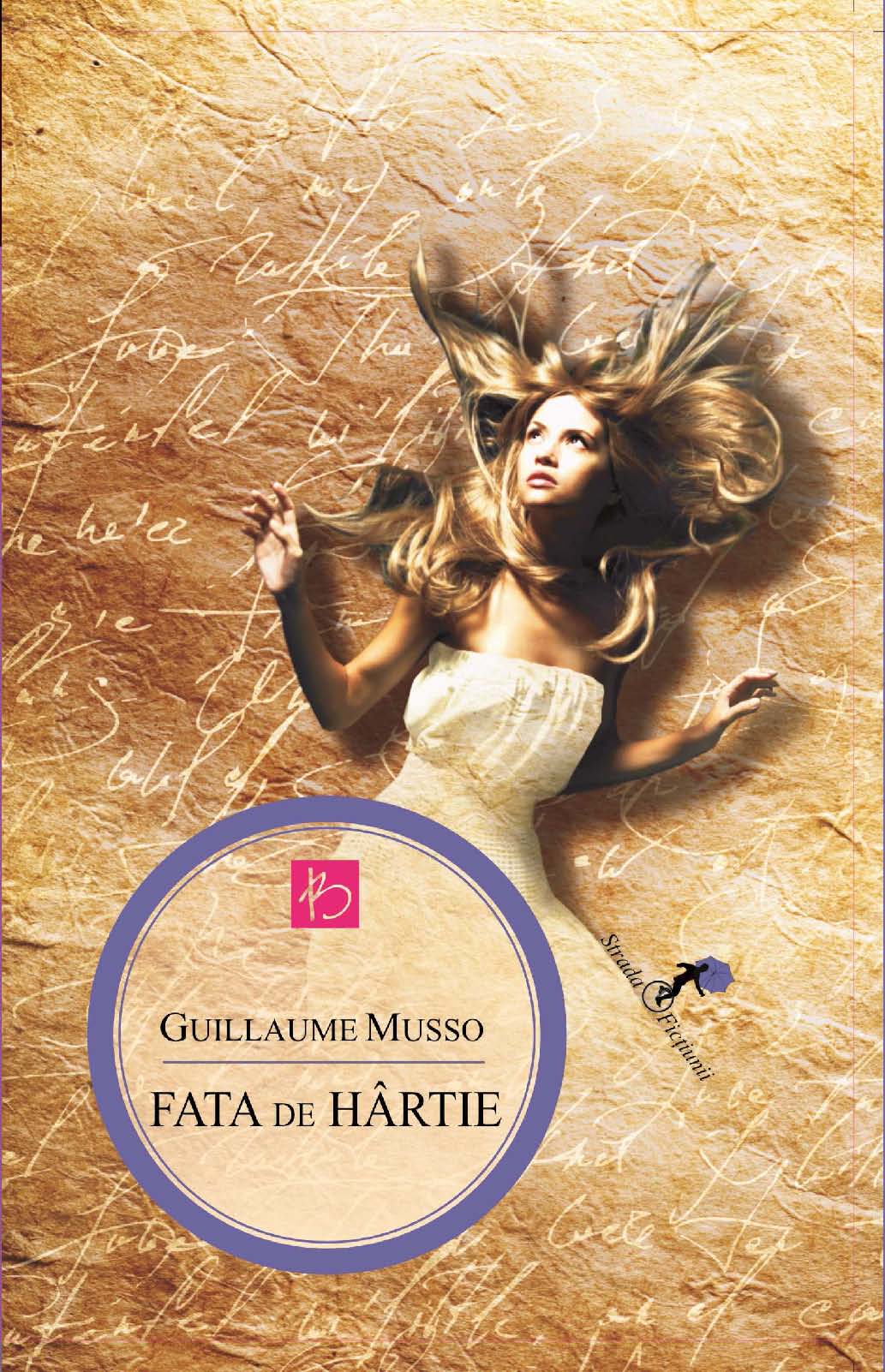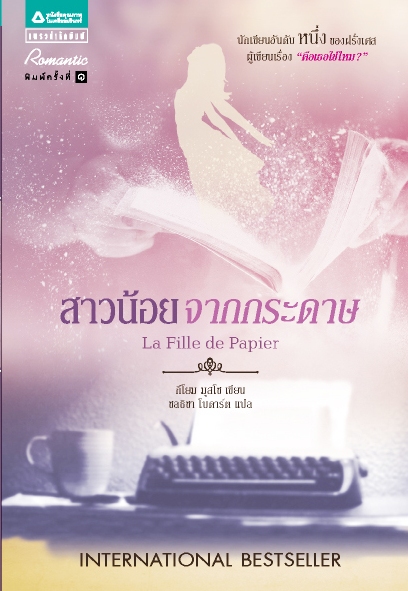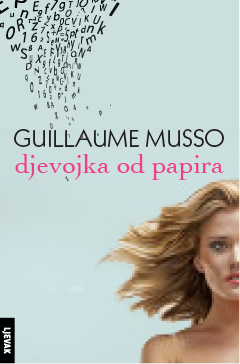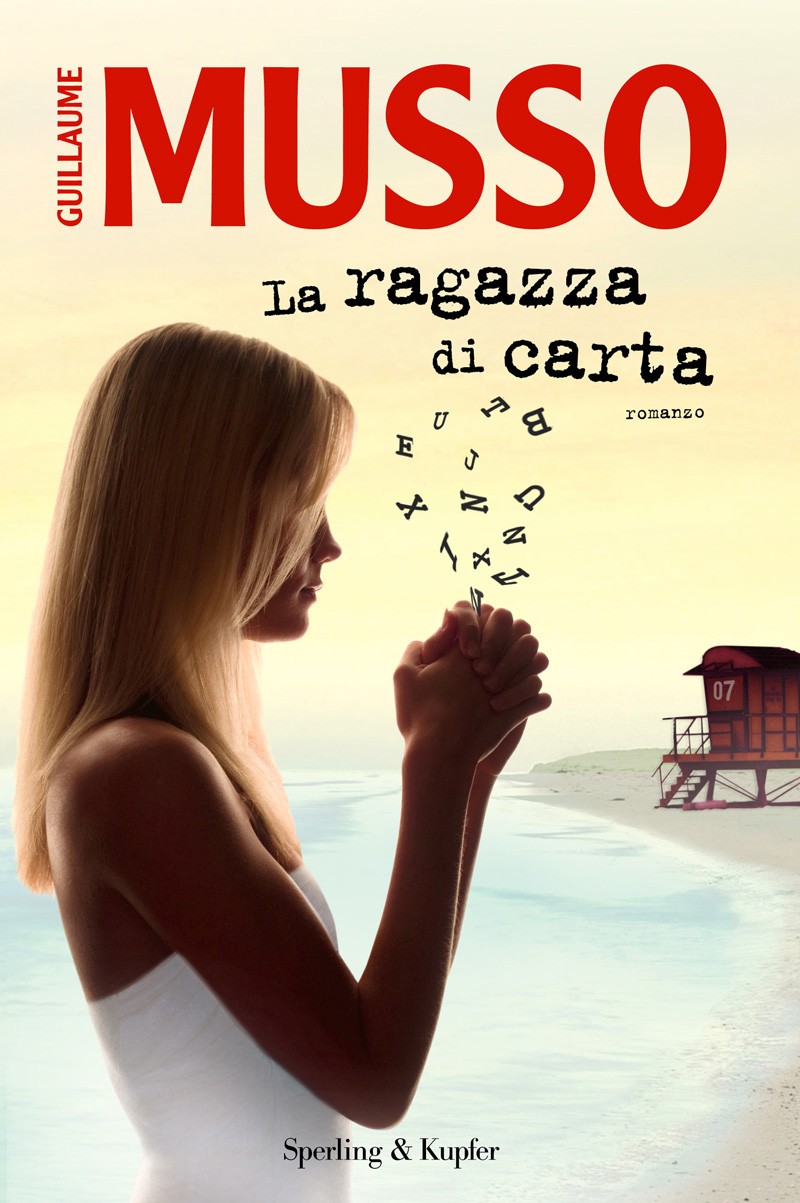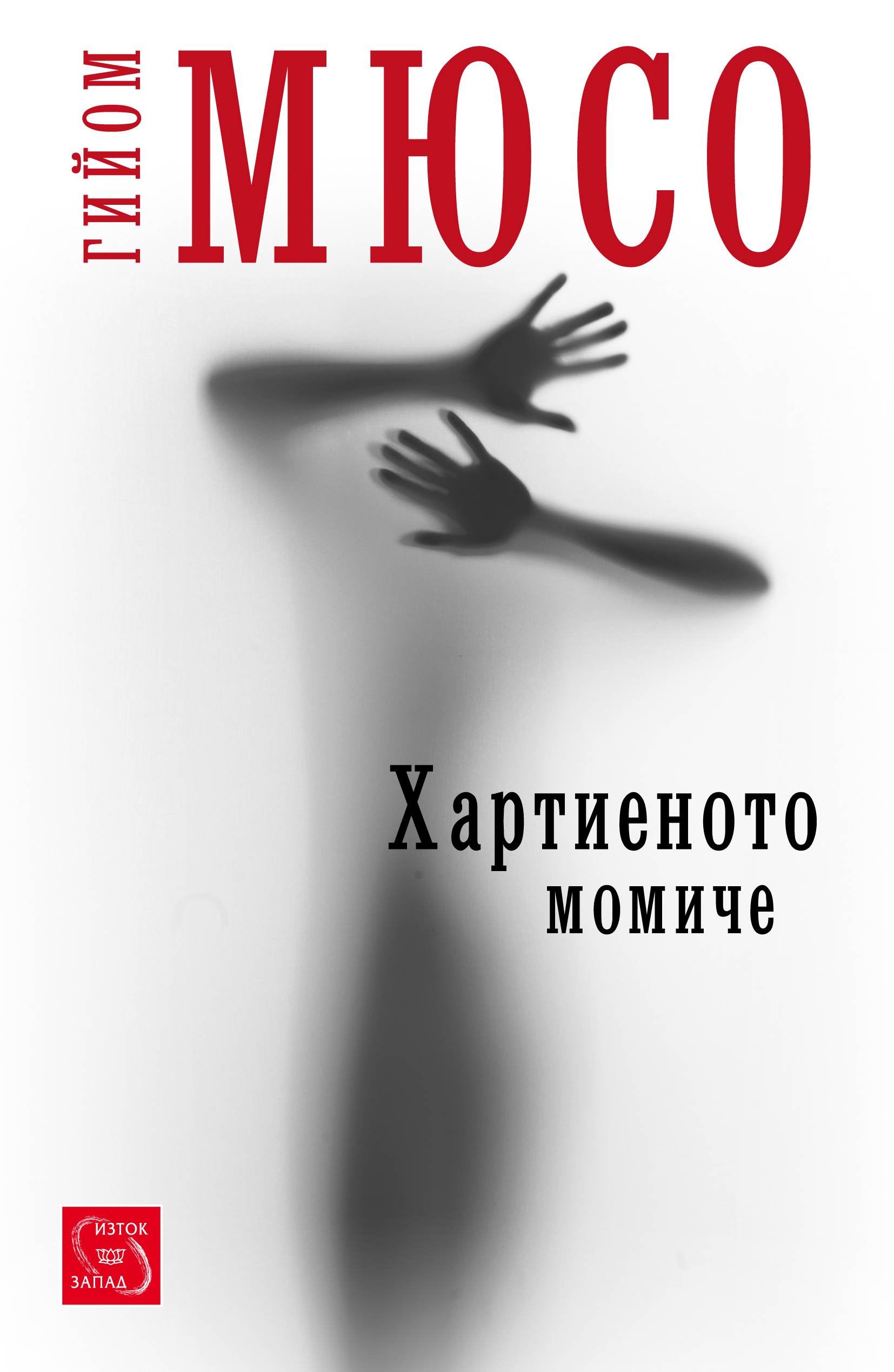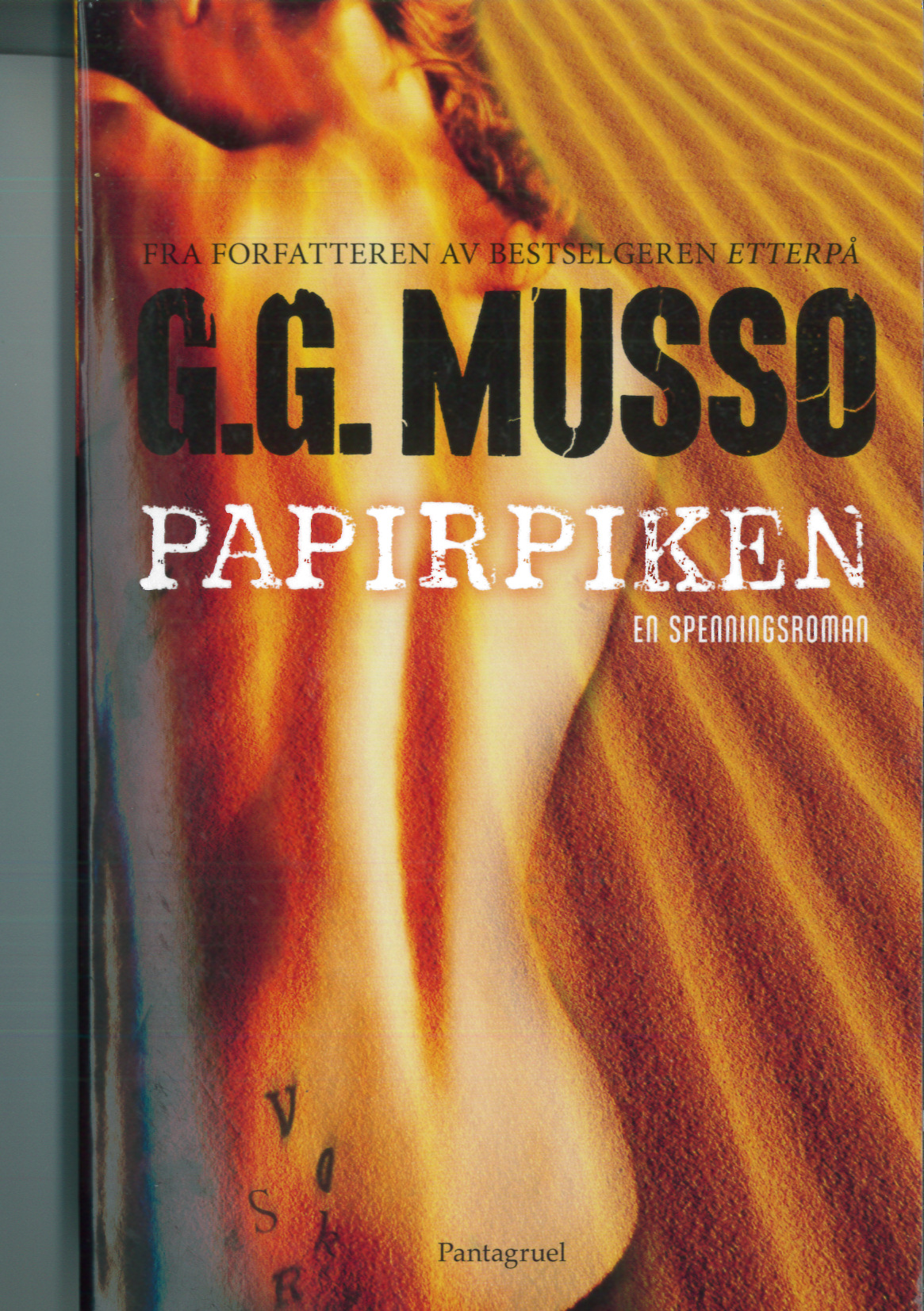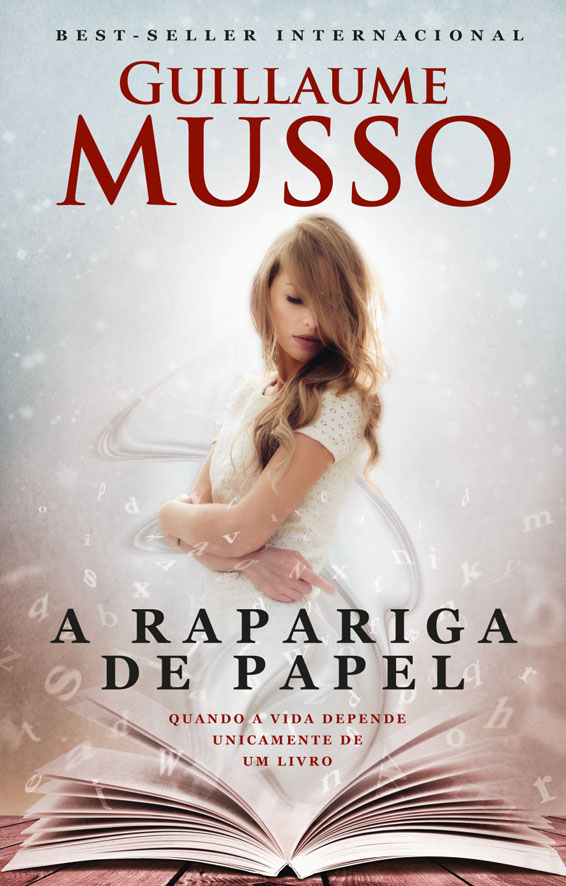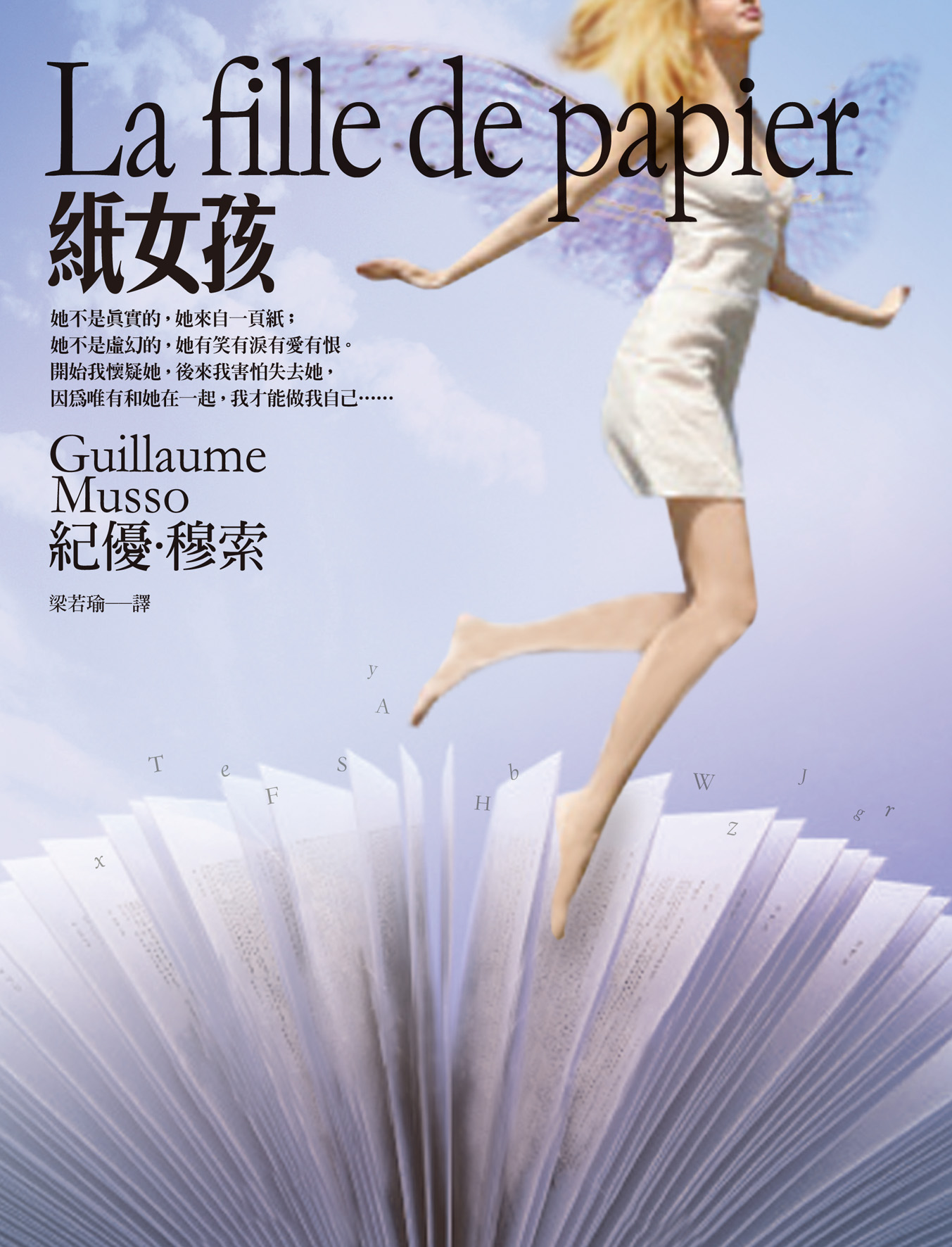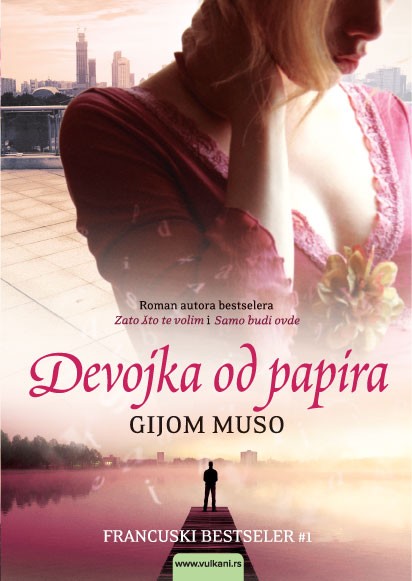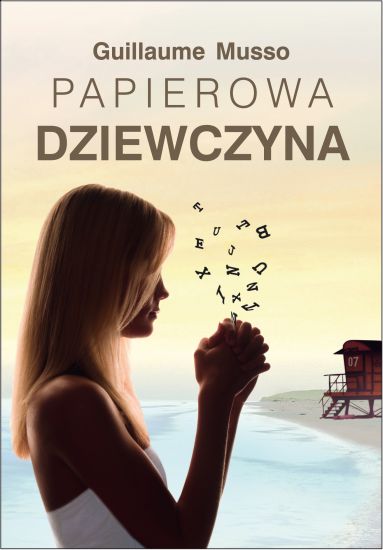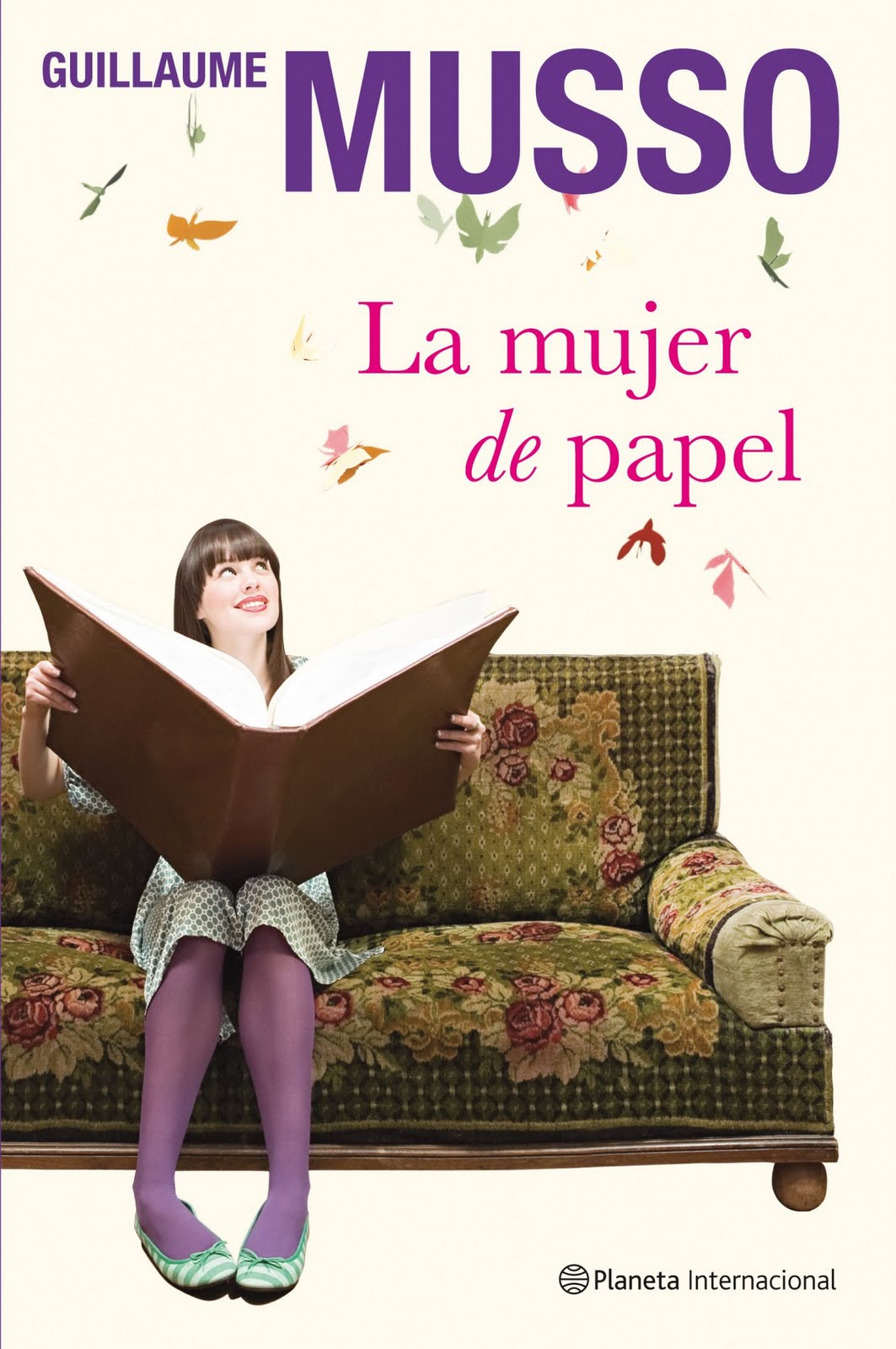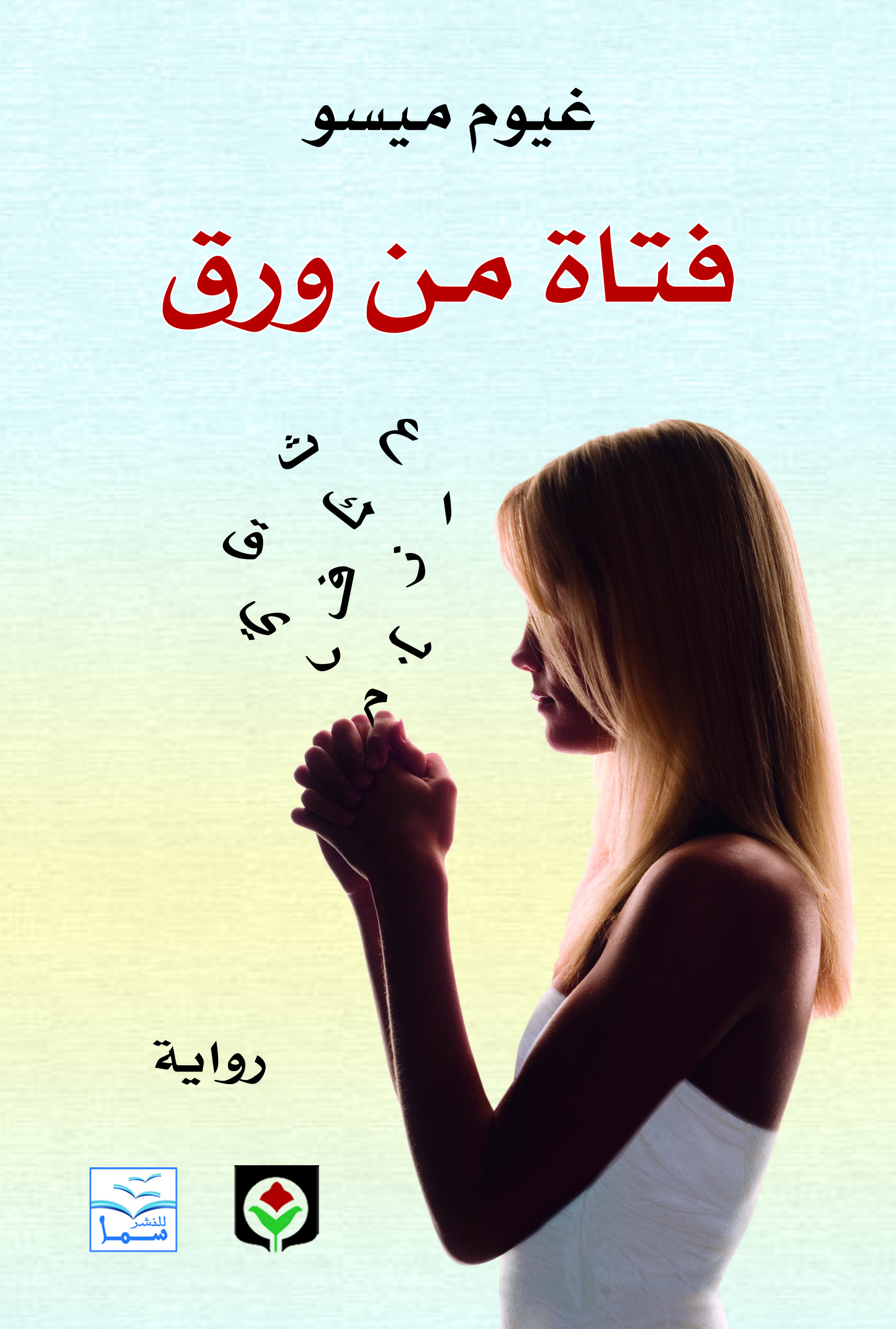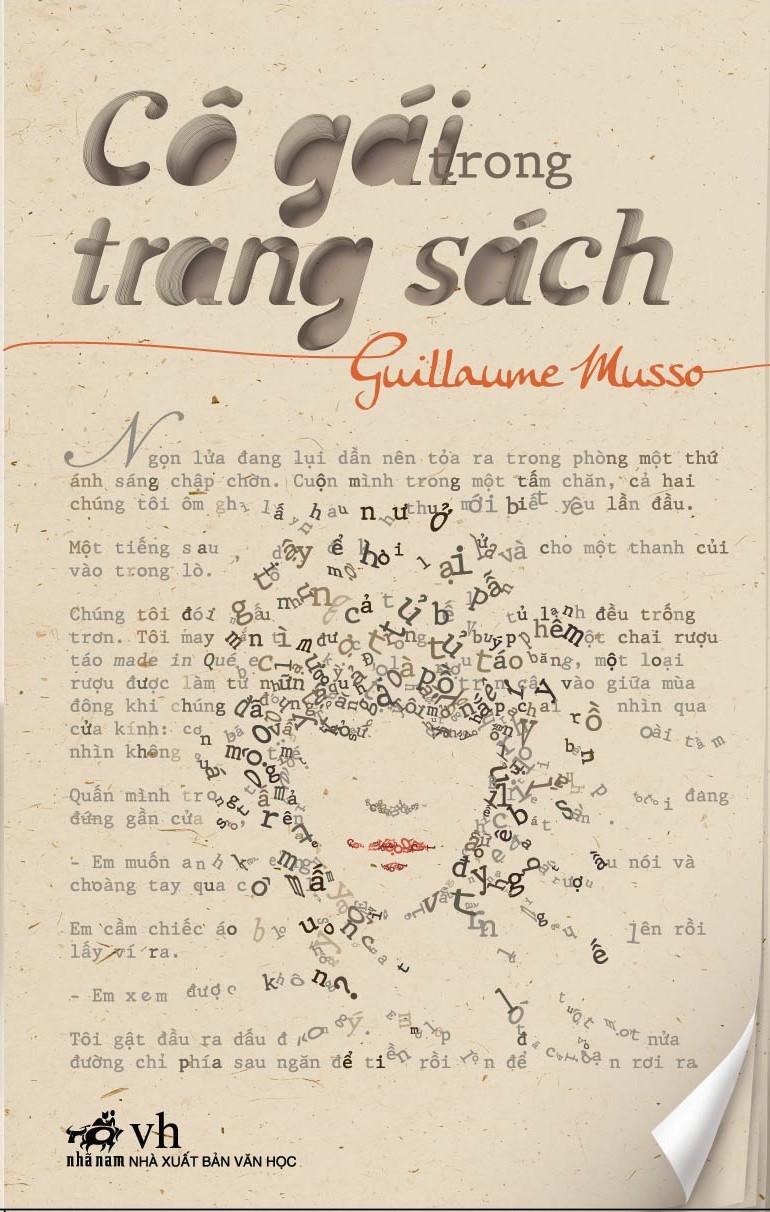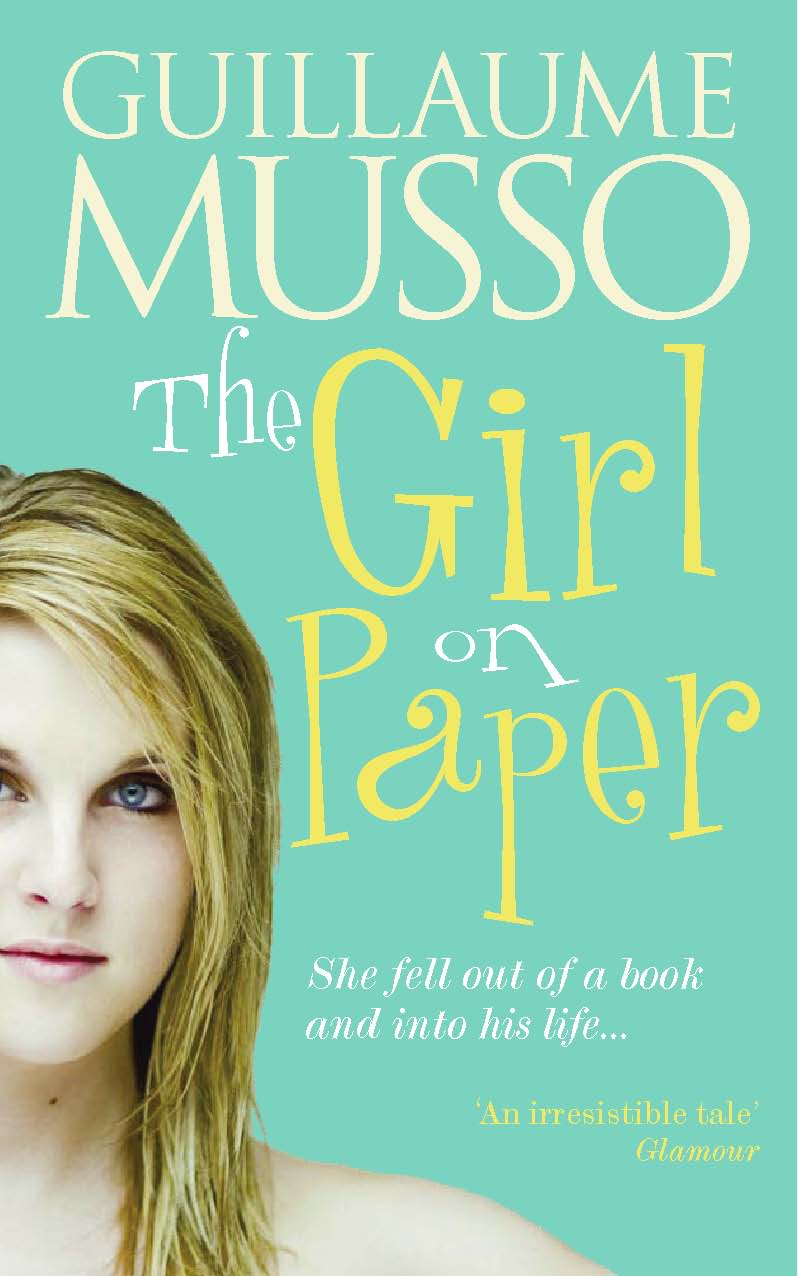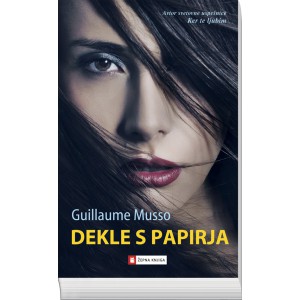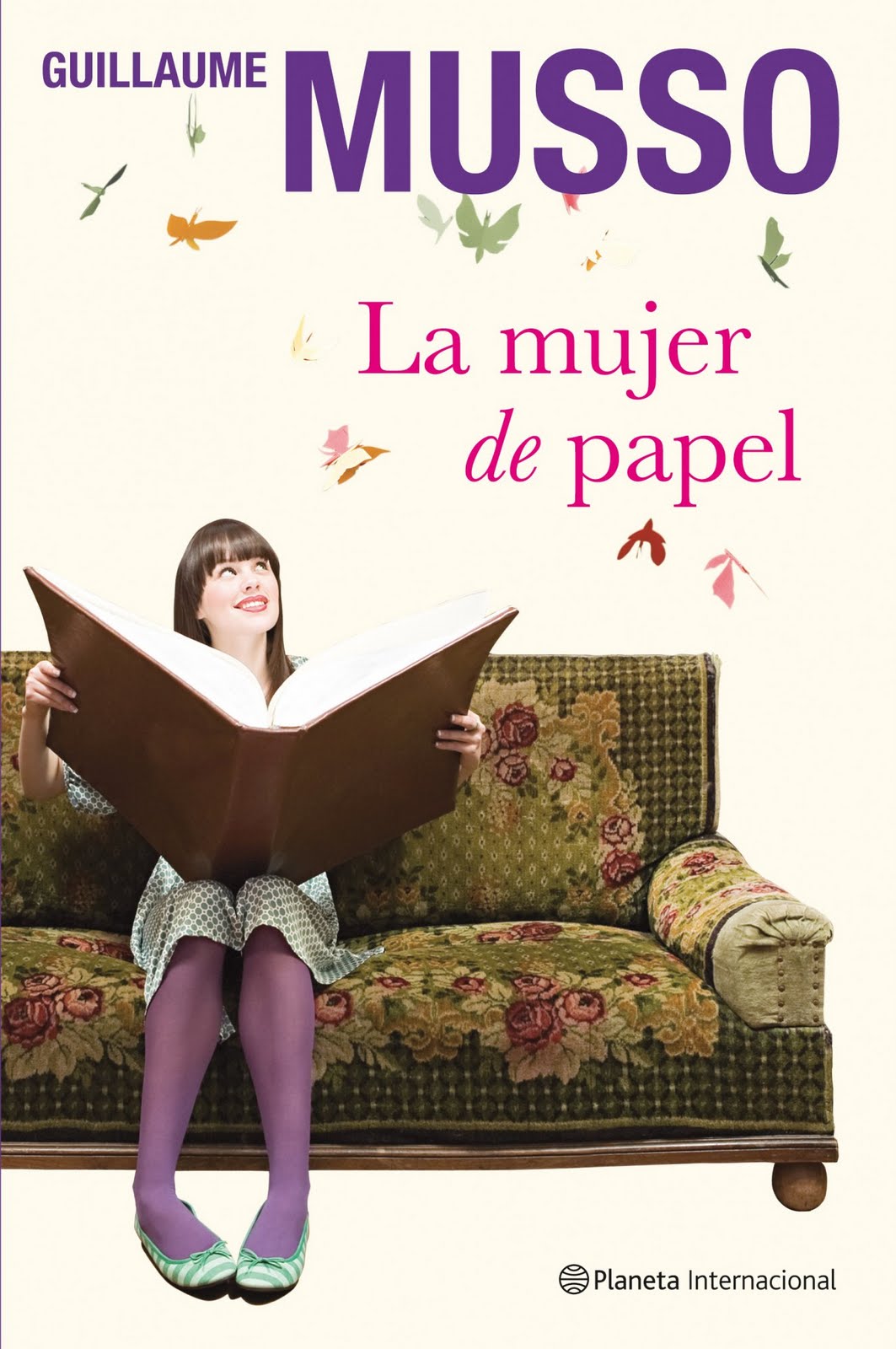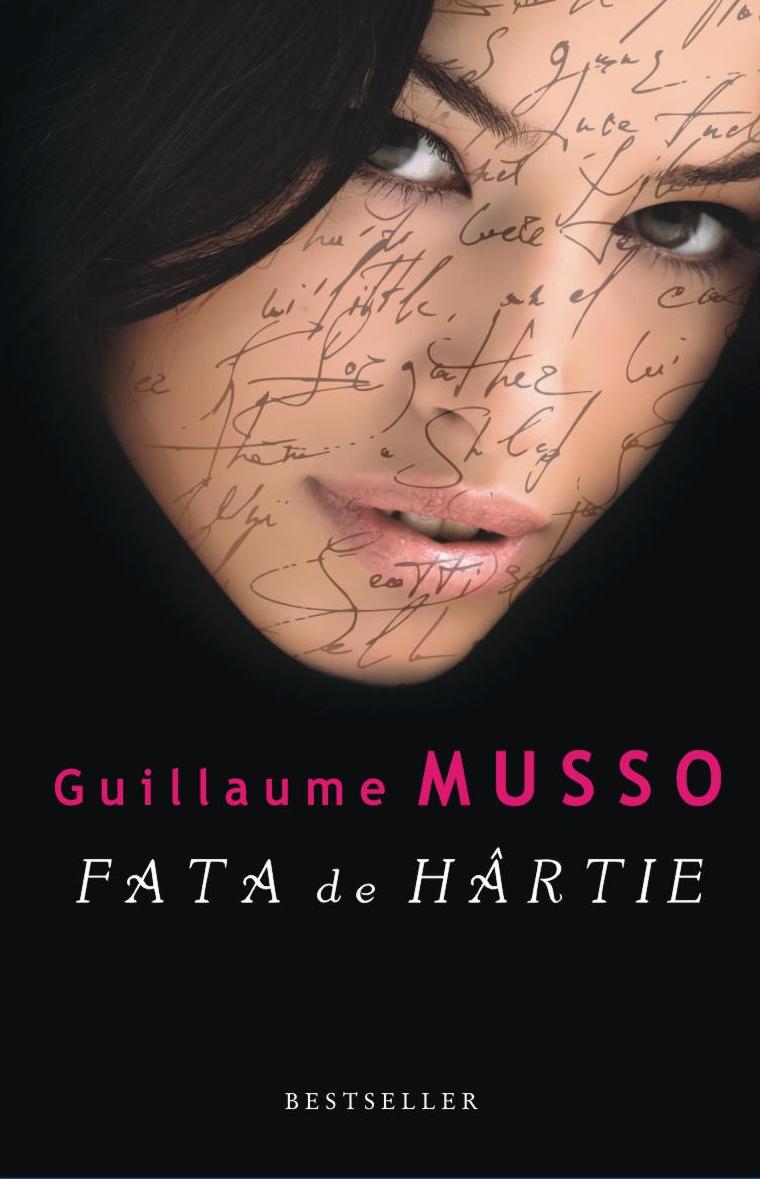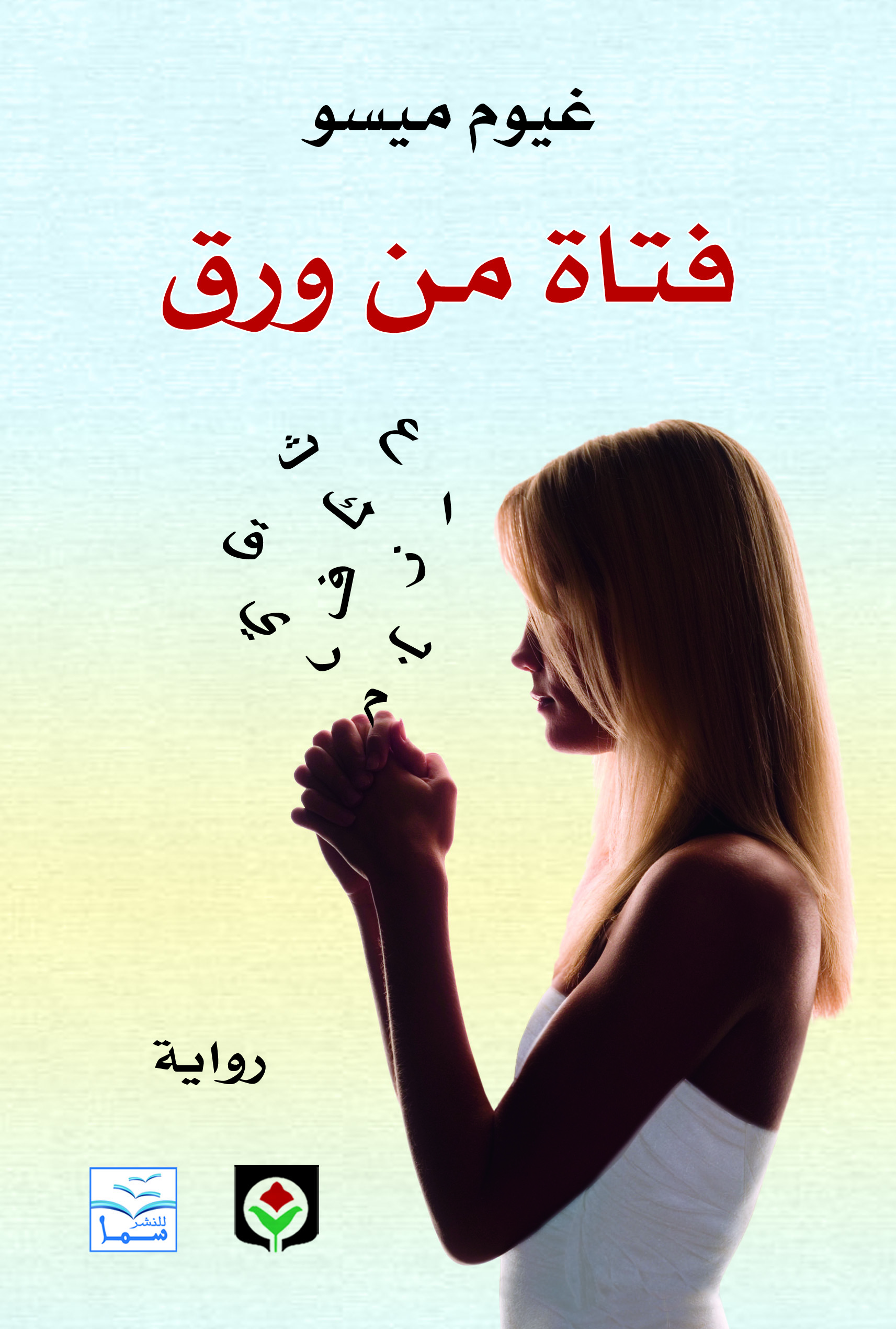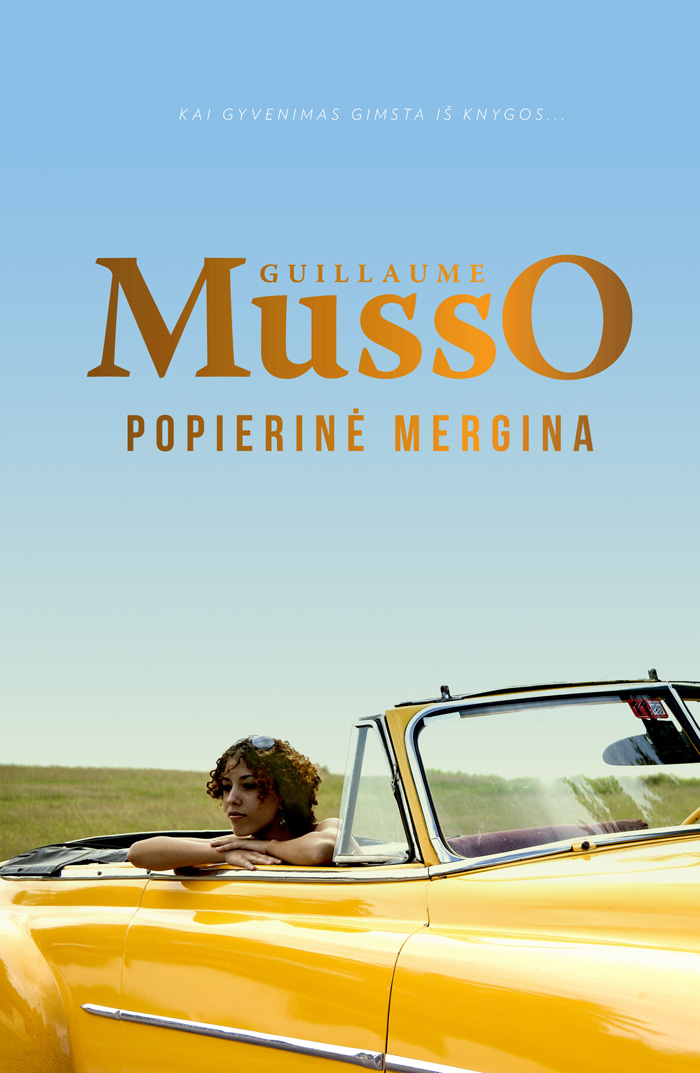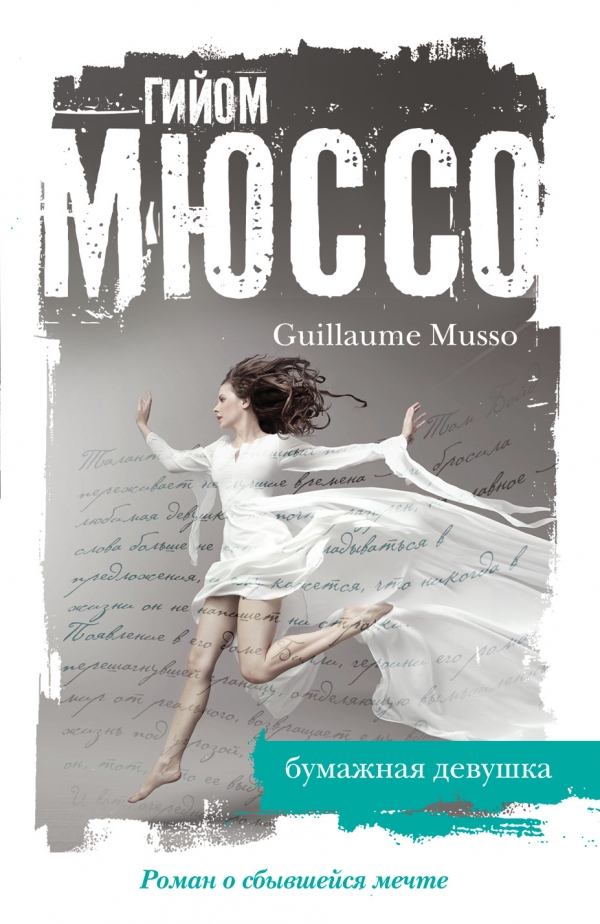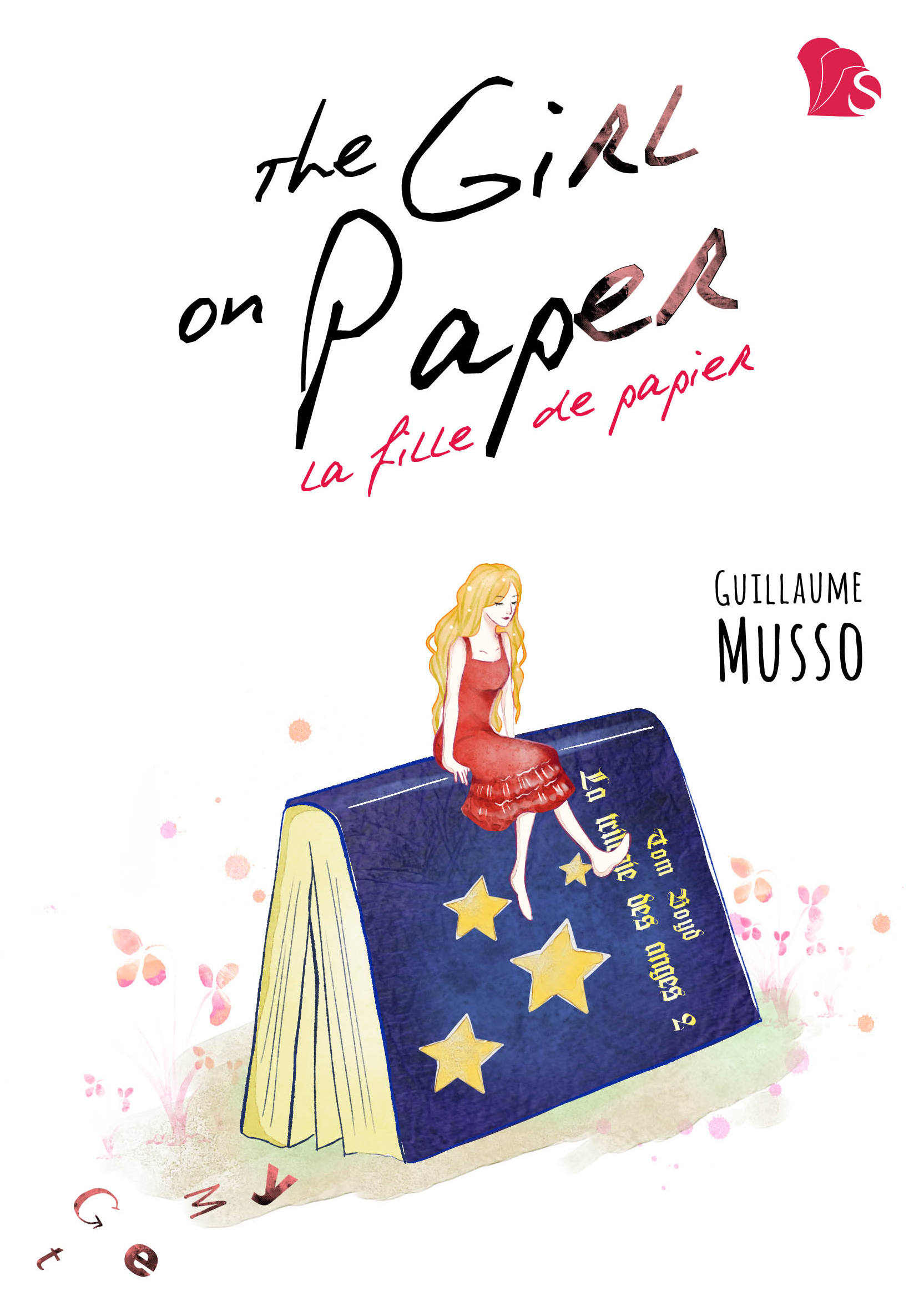For this novel, it started as an idea floating around, which then more firmly planted itself in my mind. It was the idea, one I firmly believe, that one chance encounter can change the course of a person’s life. Even, or especially, when two opposing temperaments literally ‘collide’; two people who, at first glance, don’t have anything in common, and who finally realize they desperately need one another.
From this starting point of wanting to write a novel about an impromptu meeting, the first image appeared to me quite clearly: a house on the beach in California, a stormy night, an aimless writer and a naked woman, who falls onto his balcony, as if she were an angel sent from heaven…
What objectives did you have in mind when you tackled this new novel?
Actually, I have been carrying around the idea for this novel for a long time. I waited until it, and I, were ready before I started writing. I’m passionate about comedies from the American Golden Age, the famous “screwball comedies” (such as Bringing up Baby, with Cary Grant and Katherine Hepburn) from the forties, which combine social commentary, humor and emotion. They each begin with a confrontation between a man and a woman who are immediately repulsed by each other, yet somehow forced together. I wanted to bring the rapid rhythm, choppy dialogue, and verbal sparring from these movies (as well as those that followed in their footsteps, such as Billy Wilder with The Seven Year Itch, Richard Curtis with Notting Hill, and the Farrelly Brothers with There’s Something about Mary) into my novel.
At the same time, I wanted to write a story with a humorous tone, and a very feminine, independent and eccentric protagonist, who would erupt like a tornado into the slightly sad life of a dislikeable character. And that’s how Billie’s character came to be: she is the catalyst for action, she imposes structure and decisions on Tom, the narrator. Out of all the characters I have created over the past ten years, Billie is my favourite. And probably the most colourful. The one, finally, that I miss the most after putting my pen away…
This new novel is therefore not only a romantic comedy, but also a thriller, a road movie and an exploration of literature. Do you purposefully keep your novels on the brink of different genres all at once?
I always write the sort of books that I would like to read. And it’s true that, since I was a teenager, I have always had eclectic taste when it comes to reading, from great classics to ‘genre literature’ such as fantasy and thrillers, as well as modern, especially foreign, fiction. My imagination is also fuelled by the theatre, film, and American television series which, for the past few years, have effectively addressed life’s big questions through the medium of entertainment: the frailness of our existence in Six Feet Under, the quest for truth with House M.D, or social morals with Lost… This diversity of cultural taste comes through clearly in my work. More than paranormal elements or love, it seems that this colours my writing: a certain freedom and pleasure in mixing genres to address serious issues in a light manner, but on a solid narrative foundation.
Tom, the writer, is suffering from writer’s block, incapable of writing a single line, despite his writing being his whole life. Has that happened to you? Are you ever scared of the blank page?
Not really. I seem to have the opposite problem: too many ideas!
On a more serious note, the real difficulty, for me, is to not let the story that I am inventing consume me. When I’m writing, I am so absorbed by the ups and downs my characters are experiencing that I forget to live my own life.
Philippe Djian wrote, “No woman of sound mind can enjoy for long sharing her life with a writer”. Unfortunately, he was right!
You have a strong relationship with thousands of readers who write to you, send you e-mails. Do you think about them when you write? What would you like them to feel when they read this new novel?
I see the connection between myself and the reader as an “epistolary love story”, a relationship based on trust and communication. My success is purely the product of word-of-mouth. More than that of the press or the media, I owe it to my readers. It’s because they truly appreciate my stories, and recommend them to others, that my books have touched so many people.
So when a new book comes out, I feel a mixture of nerves and fear of letting them down, since it’s a time that represents a form of validation of my work.
It’s an essential moment, since I don’t write for myself. I write for others, and I see fiction as a means for communication. Every day, I thank my readers for their faith in me, and I try to earn it by working honestly and with humility. Receiving their letters, and meeting them at signings justifies all of my efforts, and erases all doubt. A simple ‘thank you’ wipes out the thousands of hours spent in front of my computer!
What would you like them to say after reading Girl on Paper?
This book stands out for me. I wanted it to be full of optimism, and light. I want them to feel that. It tells a story of love, but also, of writing, reading, and certain characters from my previous novels appear in cameo roles in this one.
But most of all, I can’t wait for my readers to discover the main protagonist, with whom I fell in love as I wrote: the famous Billie, who I miss so much since I finished writing about her adventures…

